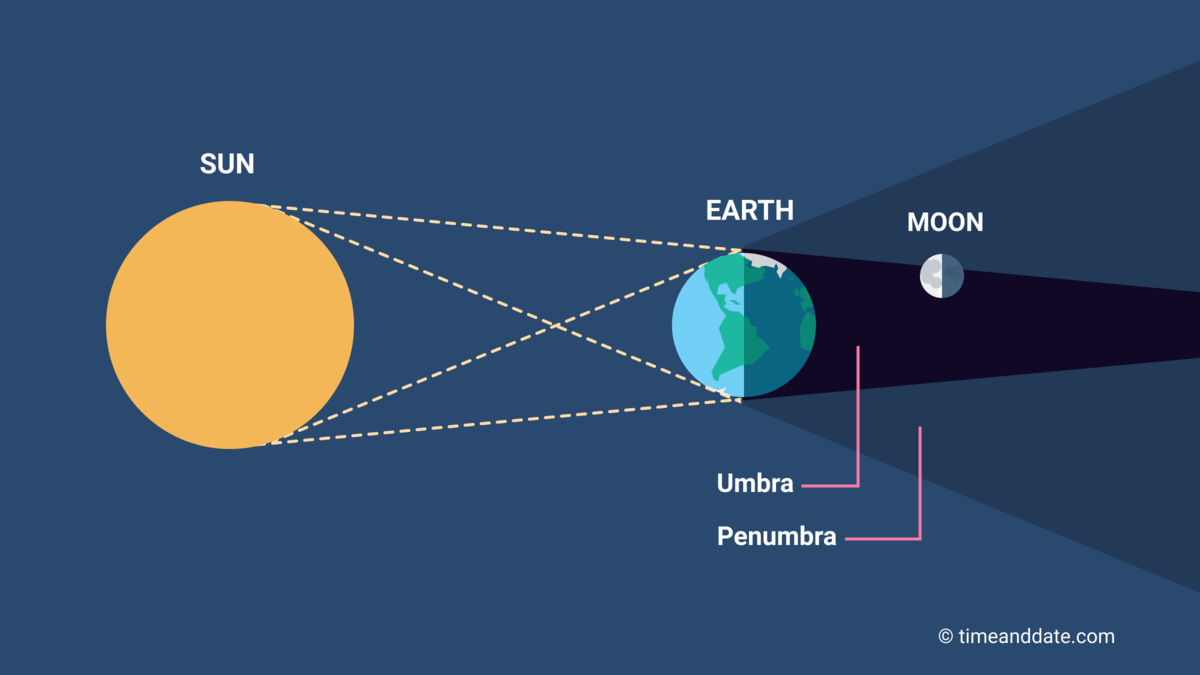As our days grow shorter and our nights longer, September should provide us with ample opportunities to view the stars. The crisp autumn air leads to clearer skies and improved visibility, and we are truly heading into autumn with the Autumnal equinox taking place this month on September 22nd. Let’s take a look at all September has in store, starting with the equinox.
The Autumnal Equinox
The word equinox comes from Latin words translating to equal and night, which refers to the equal length of day and night during this time. On the day of an equinox, the Earth’s axis is not tilted toward or away from the Sun, resulting in equal hours of daylight and darkness across the world. The Autumnal equinox marks the beginning of astronomical autumn for us in the Northern Hemisphere and on this day the Sun will rise directly in the east and set directly in the west. Around this date is when we see the biggest decrease in the amount of daylight we see each day as the Sun moves toward the Southern Hemisphere. If you were an observer on either of Earth’s poles, the Sun would move essentially horizontal to the horizon, neither rising nor setting. These effects last for several days, leaving you in a constant sunrise or sunset.
Earth is not the only planet that experiences an equinox. Any planet that is tilted on its axis of rotation will see these effects too. Apart from Mercury, this means every planet in our solar system has its own equinoxes and solstices. We can easily observe when an equinox occurs on Saturn. Its ring-system is usually tilted and allows us to view the rings quite easily through telescopes. During an equinox however, the rings are placed edge-on facing the Sun and we view them as just a thin line from Earth. These occur every 15 years, with the next one taking place on 6th May 2025 and it will last for weeks around this date. If we can spot an equinox on another planet, why not try to notice the changes in the Sun’s movements and daylight here on Earth as we approach the Autumnal Equinox on September 22nd.
Partial Lunar Eclipse
This month we will be treated to a partial lunar eclipse, taking place in the early hours of September 17th. To understand an eclipse, first we need to think a little bit about Earth’s shadow. The Earth’s shadow can be divided into two parts, the umbra and the penumbra. The umbra is the darkest part of the Earth’s shadow, which blocks the light from the Sun entirely. The penumbra is a fainter shadow, caused by only part of the Sun’s light being blocked by Earth. A partial lunar eclipse occurs when only part of the Moon passes through Earth’s umbra, the central, darkest part of its shadow. During this event, part of the Moon will appear significantly darker as it moves through the shadow, while the rest of the Moon will remain in the penumbra, the lighter outer part of Earth’s shadow, where the dimming is much less noticeable. The eclipse will begin just after 1.30am, when the penumbra begins to cover the Moon’s surface. Just after 3am the umbra will creep in and seem to take a little bite out of the side of the Moon. This will last for just over an hour. The penumbra will then slowly recede, and the Moon will return to its usual brightness just before 6am.
Image Credit: timeanddate.com
A lunar eclipse is luckily very easy to observe. You can look at them freely, unlike a solar eclipse, and the Moon can be seen in the sky with the naked eye. Look to the southwest to find it during this period. The one thing anyone living in Ireland should consider is the weather, make sure to check the forecast before you commit to being up until 3am.
An eclipse can only take place on the day of a full moon. A full moon happens when the Moon is on the opposite side of Earth from the Sun, with the Earth in between. During this phase, the Sun fully illuminates the side of the Moon facing Earth. For a lunar eclipse to occur, the Sun, Earth, and Moon must be nearly perfectly in a straight line. During this alignment, the Earth casts a shadow on the Moon. If the alignment is precise, the Moon will pass through the Earth’s shadow, causing an eclipse. A full moon is the only time when the Moon is directly opposite the Sun with Earth in between, making it possible for the Earth’s shadow to fall on the Moon.
The Full Harvest Moon
The full moon on September 17th is also known as The Harvest Moon, the one closest to the Autumnal equinox. The name comes from traditional agricultural practices. For several evenings around the Harvest Moon, moonrise comes soon after sunset. Before we had artificial lights, farmers relied on the light of the full moon to extend their working hours during the crucial harvest season.
Usually, throughout the year, the Moon rises an average of about 30 minutes later each day, depending on where you live. However, for the few nights around the Harvest Moon, the Moon seems to rise at nearly the same time, rising roughly 10 minutes later every day here in Ireland. This happens due to the proximity of this full moon to the equinox. Additionally, the Harvest Moon rises at sunset and will rise very near sunset for several nights in a row because the difference is at a yearly minimum. It may almost seem as if there are full Moons multiple nights in a row.
This full moon will also be a supermoon. A supermoon occurs when a full moon is at its closest approach to Earth and therefore appears bigger and brighter in the sky. This distance varies throughout the year because the Moon does not orbit us in a perfectly circular orbit. We will be in for a treat with three supermoons from now until the end of 2024, one in October and the other in November. The Harvest Moon will be about 30,000 km closer to us than average and will appear about 8% larger and 12% brighter.
The Planets
This month there will also be many planets to try and observe while you’re out doing your moongazing. Let’s look at where they will be on September 15th. Looking west at 8pm, we should see Venus low to the ground following the Sun past the horizon. It won’t stay visible for long, lasting for just half an hour in our sky, but as it is the brightest planet we see from Earth, you should spot it easily. Nothing will look as bright as Venus barring the Moon and the Sun.
As Venus leaves our sights, turn your attention east. You should see Saturn beginning to rise, another distinctively bright looking planet. Saturn will remain in the sky all night, making its way through the southern sky and towards the west. Jupiter will follow next, rising in the east at about 11pm, and we will see Mars not long after, appearing above the horizon after midnight. Finally, Mercury will show itself for about half an hour before sunrise. You should spot Mercury rising in the northeast after 6am.
If you were planning on observing the Moon’s partial lunar eclipse, why not try and find some of the planets while you’re at it. They should all be relatively bright compared to the stars and they will not twinkle like starlight does.
Space Week
It’s time to start getting ready for Space Week! Space Week will be taking place from October 4th – 10th. Students, families, community groups and members of the public will come together with the space community, the educational community, artists, astronomers and space scientists to use the powers of creativity, critical thinking, science, technology, engineering and maths to focus on the wonders and realities of the Universe around us. If you’re interested in attending an event, head to spaceweek.ie to see what’s on in your area.
During Space Week, everyone in Ireland is invited to organise an event. If you are a school, club, organisation or anyone organising an event for Space Week, you can quickly and easily add your event to the site to let people know about it. Events can be large or small, public or private, free to enter or with an entrance charge.
Wishing you starry skies!
Blog post written by Jane Dooley



